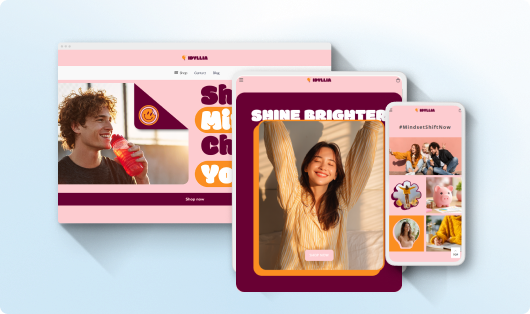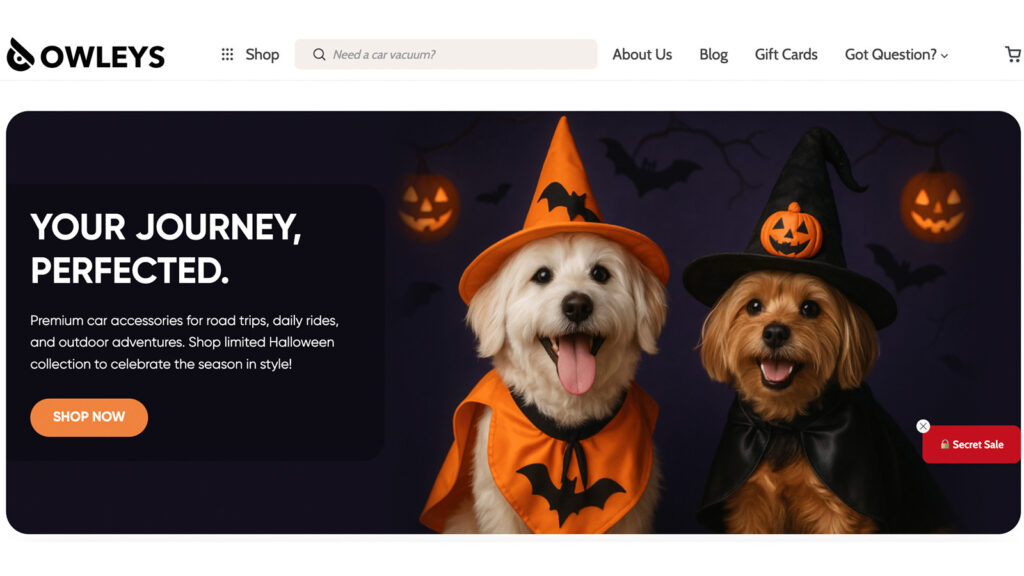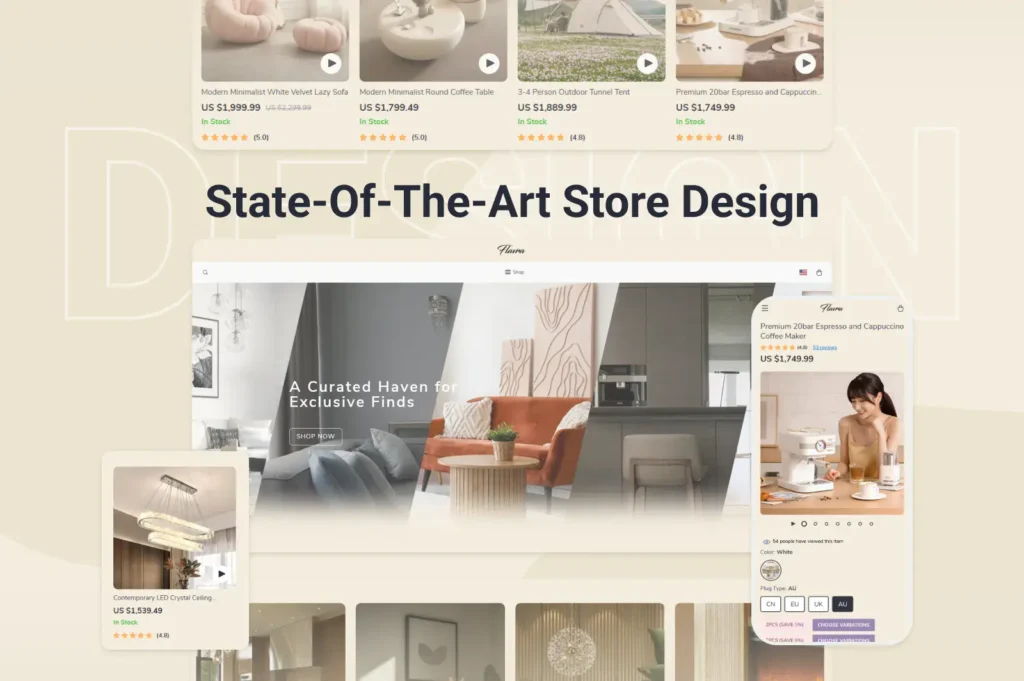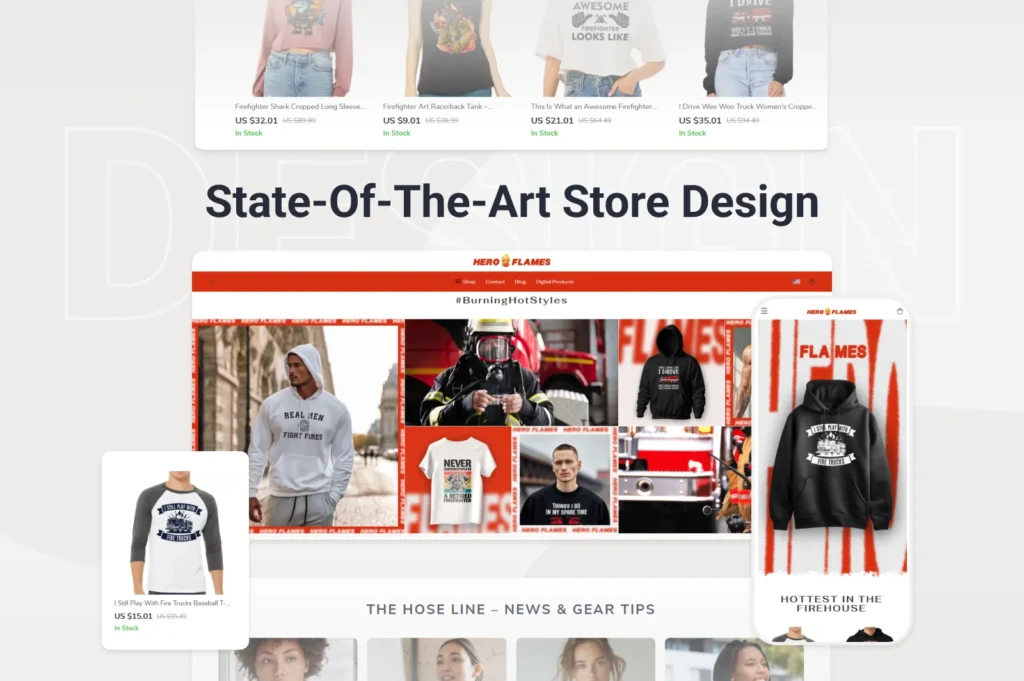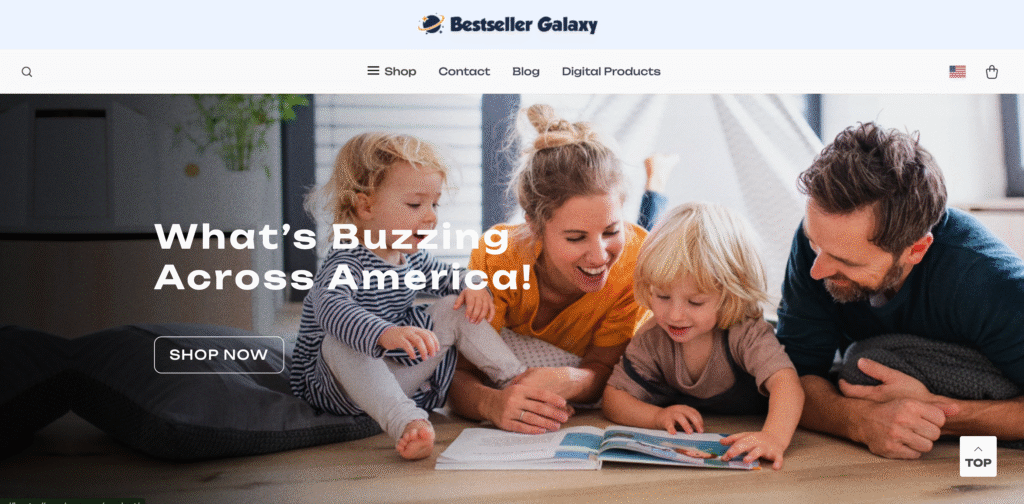In Part 1 of this guide, we covered the fundamentals of influencer marketing — what it is, why it works, the different types of influencers, and the best collaboration formats.
Now it’s time to go deeper. In this part, we’ll explore how to build long-term relationships with influencers, avoid common mistakes that waste your budget, and follow a clear step-by-step process to run your first campaign successfully.
Whether you’re just starting out or already tried a one- off collaboration, Part 2 will help you turn influencer marketing into a reliable, repeatable sales channel for your store.
Brand Ambassadors: When One Post Isn’t Enough
Working with influencers on a one- off campaign is great for testing the waters, but if you want to build long-term trust and consistent visibility, you might consider creating a brand ambassador program.
What Are Brand Ambassadors?
A brand ambassador is an influencer ( or even a regular customer) who consistently represents your brand over time. Instead of posting about your product once, they integrate it into their regular content and show it in multiple posts, stories, videos, or streams.
Why Brand Ambassadors Work
- Consistency Builds Trust – Audiences see your product multiple times in different contexts, which feels more authentic and less like an ad
- Deeper Relationship – Ambassadors understand your brand better, so their recommendations sound natural and well-informed
- Better ROI Over Time – Working with an ambassador is often more cost-effective than running many one- off influencer campaigns. Once you know which formats and platforms bring results, an ambassador can keep delivering them at a lower cost per post. In some cases, you can even negotiate barter-based collaboration instead of direct payment
Choosing the Right Ambassador
It’s crucial to pick someone whose style, tone of voice, and values align closely with your brand — and to monitor this alignment regularly. The longer an ambassador represents your brand, the more trust they build with your audience — but the more damage they could do if they post something offensive, act unprofessionally, or go off-brand.
When Brand Ambassadors Work Best
Ambassadors are most effective for simple and intuitive products that don’t need much explanation, like fashion, accessories, fitness gear, beauty products, etc. They are less suitable for products with a long or complex sales cycle, where buyers need detailed information or technical proof before making a decision.
| Pros | Cons |
|---|---|
| Consistent exposure & stronger trust | Requires a budget commitment |
| Closer relationship with influencer | Takes time to find the right ambassador |
| Cost-effective over time; possible barter deals | Risk of reputational damage if ambassador misbehaves |
| Builds brand familiarity and loyalty | Less effective for complex products with long decision cycles |
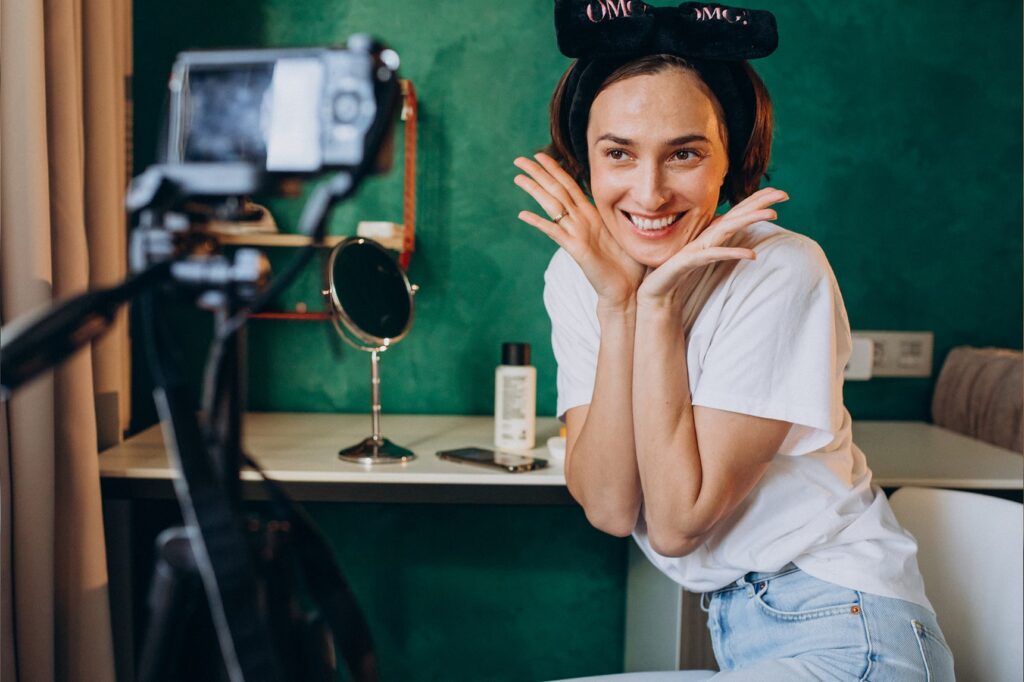
Mistakes to Avoid in Influencer Marketing
Even the best strategy can fail if you make common mistakes. Here are the pitfalls that waste budget and how to avoid them:
- Choosing Influencers by Follower Count Alone
The Mistake: Picking the biggest influencer you can afford without checking engagement, audience quality, or relevance.
Fix: Always check engagement rate, tone of voice, and audience match before signing a deal. A smaller but better-aligned influencer will often bring more sales. - Ignoring Your Brand’s Tone of Voice
The Mistake: Partnering with influencers whose content style clashes with your brand (e.g., edgy humor for a premium, serious product).
Fix: Choose influencers who naturally speak in a way that complements your brand. If your product is playful, work with creators who make entertaining content. If it’s professional, pick someone who educates and speaks with authority. - Trying to Push Ads Instead of Content
The Mistake: Forcing influencers to post something that looks and sounds like a traditional commercial. This feels unnatural and hurts credibility both for you and the influencer.
Fix: Let influencers create content, not ads. Give them the freedom to integrate your product into their usual style, so it feels like a genuine recommendation, not a paid announcement. - Lack of Clear Goals and Briefs
The Mistake: Sending out products and hoping for the best, with no clear instructions or expectations.
Fix: Write a short but clear brief with campaign goals (awareness, traffic, sales), key product benefits, required hashtags, and deadlines. - Focusing Only on One- Off Campaigns
The Mistake: Running a single collaboration and expecting long-term results.
Fix: Plan follow- up campaigns or consider a brand ambassador program to build consistency and trust over time. - Over-Controlling the Content
The Mistake: Forcing influencers to copy-paste your script word for word, making the promotion feel like an ad.
Fix: Give creative freedom. Influencers know how to talk to their audience — trust their style while guiding them with key talking points. - Working With Influencers Who Promote Competitors
The Mistake: Choosing influencers who have recently advertised products from direct competitors. This makes the recommendation feel less authentic and may confuse potential buyers.
Fix: Check the influencer’s recent collaborations. Choose someone who hasn’t promoted competing brands recently — or discuss exclusivity in your contract. - Going Too Heavy on Product Promotion
The Mistake: Making the influencer mention your brand in every sentence or create too many back-to-back posts dedicated to your product. This feels pushy and can annoy the audience.
Fix: Sometimes a casual mention mid-conversation feels more authentic and actually sells better than multiple full posts. Aim for natural integration, not repetition. - Not Tracking Results
The Mistake: Paying for posts without measuring clicks, engagement, or sales.
Fix: Track results with unique links, discount codes, and analytics tools. This helps you see what works, double down on winners, and cut what doesn’t. - Ignoring Platform Differences
The Mistake: Running the same campaign on TikTok, Instagram, and YouTube without adapting it.
Fix: Adjust the format for each platform — short, high-energy videos for TikTok, polished visuals for Instagram, detailed reviews for YouTube.
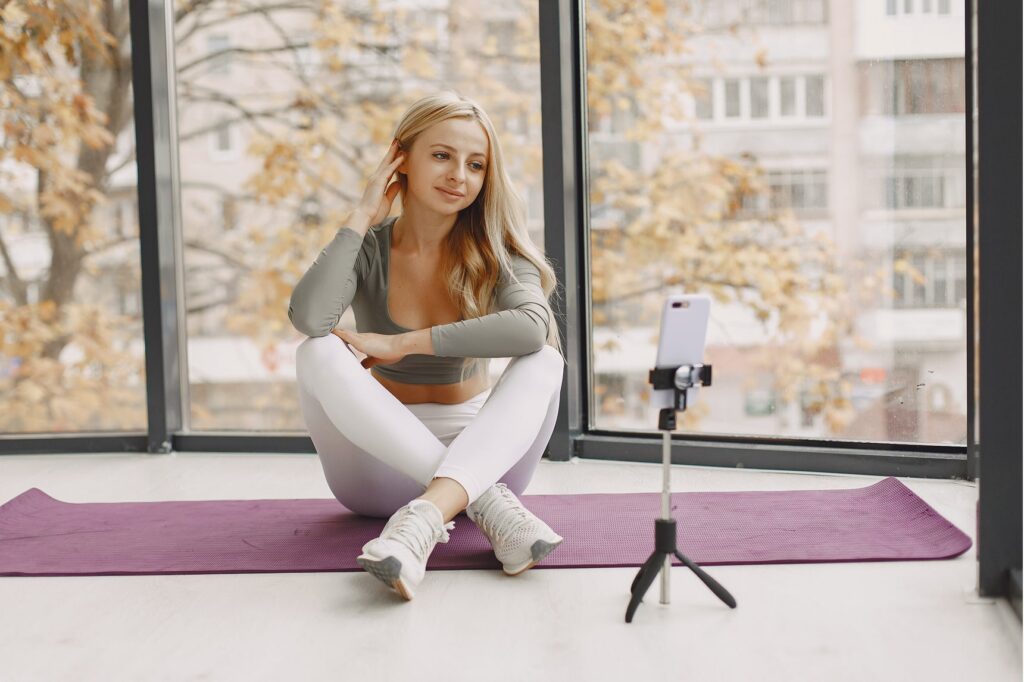
How to Run an Influencer Campaign Step by Step
You’ve chosen your influencers and formats, so now it’s time to put everything together into a campaign. Here’s a proven step-by-step process to follow:
- Goal-Setting
Start by defining exactly what you want to achieve. The more specific, the better.
Examples:
- Traffic Goal: “Drive 5,000 unique visitors to my store in the next 30 days.”
- Sales Goal: “Sell 200 units of my new skincare set by the end of the month.”
- Brand Goal: “Gain 1,000 new Instagram followers in two weeks.”
Clear goals help you choose the right influencers, formats, and metrics to track.
- Analyze and Segment Your Audience
Not all customers are the same — split them into groups so you can target them better.
Examples:
- Demographics: 18–24-year-old students vs. 30–40-year-old parents
- Behavior: First-time buyers vs. loyal repeat customers
This helps you pick influencers whose followers actually match each segment.
- Find Influencers and Research Them
Look for influencers who fit your audience profile and brand values. If possible, interact with them first: comment on their posts or reply to their stories to build a natural connection.
Example: If you sell eco-friendly water bottles, look for influencers in the wellness, fitness, or sustainability space who already post about reducing plastic waste. - Build Personal Connection and Discuss Content
Try to build a relationship before sending offers or requests. Get familiar with the influencer’s style, what content resonates with their audience, and how they usually present sponsored products.
Example:
- Engage with their posts for a week or two before reaching out
- Mention something specific you like about their content when messaging them
- Ask open-ended questions like: “How do you usually approach product reviews?” or “Which formats work best with your audience?”
This approach not only helps you understand their style better but also makes the influencer feel respected, which often leads to more authentic and enthusiastic collaboration.
- Content Approval
Before the post goes live, ask to preview it. Make sure the product is presented correctly, links and discount codes work, and hashtags are included. Remember to avoid over-editing and let the influencer keep their authentic style.
Example: Approve a TikTok video that shows your product in use but ask for a small change if they forgot to mention the discount code. - Launch the Campaign
Agree on the publishing schedule and monitor when each post goes live.
Example: Stagger posts across several days or influencers to maintain momentum instead of posting everything in one day. - Track the Results
Use tracking links, UTM tags, or unique discount codes to measure performance. Offiro stores run on Sellvia platform and have all the necessary tools for tracking.
Example: If you give each influencer a unique code (e.g., JANE10, MIKE10), you’ll know exactly who brought in which sales. - Optimize and Iterate
Review the results and decide what to adjust for next time.
Examples:
- If TikTok brought 70% of your clicks, shift more budget there next month
- If one influencer’s posts outperformed others, negotiate a long-term collaboration or ambassador deal
- If a format underperformed (e.g., static posts), try video or livestreams instead.

Wrapping Up Part 2
Congratulations — you’ve now got everything you need to run a successful influencer marketing campaign. In this part, we covered:
- How to set up brand ambassador programs and when they make sense
- The most common mistakes to avoid ( and what to do instead)
- A clear step-by-step process for launching, tracking, and optimizing your campaigns
If you missed Part 1, go back and read it to learn why influencer marketing works, what types of influencers exist, and which collaboration formats bring the best results.
Influencer marketing can become one of the most powerful growth channels for your store — and you don’t have to figure it out alone. Offiro experts are ready to help you select the right influencers, launch your first campaign, and keep it running smoothly for consistent sales growth.

